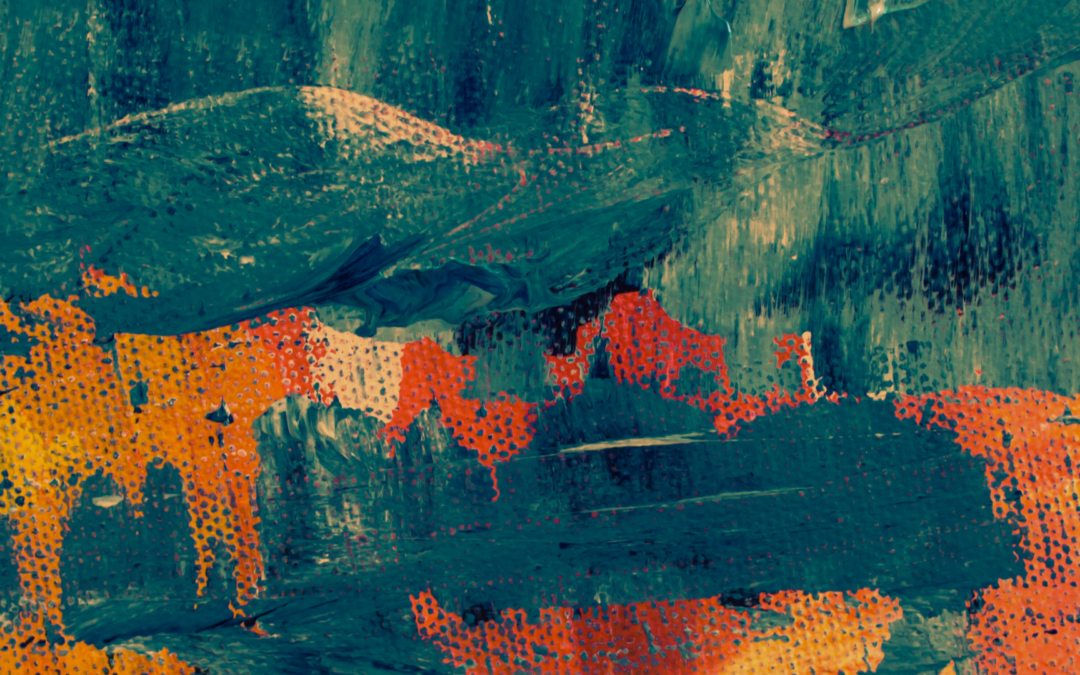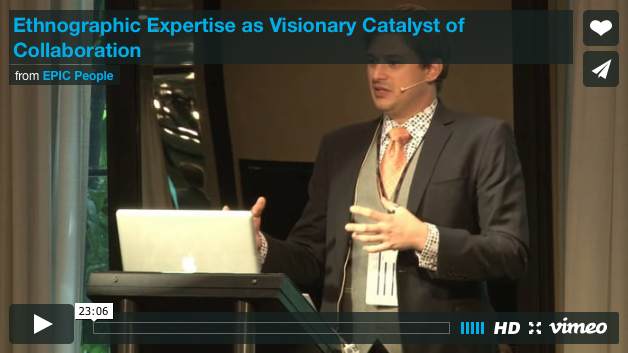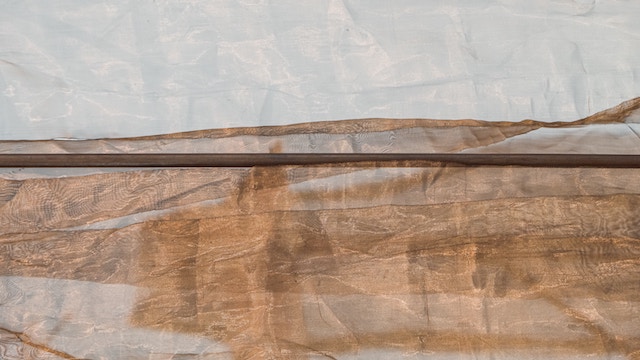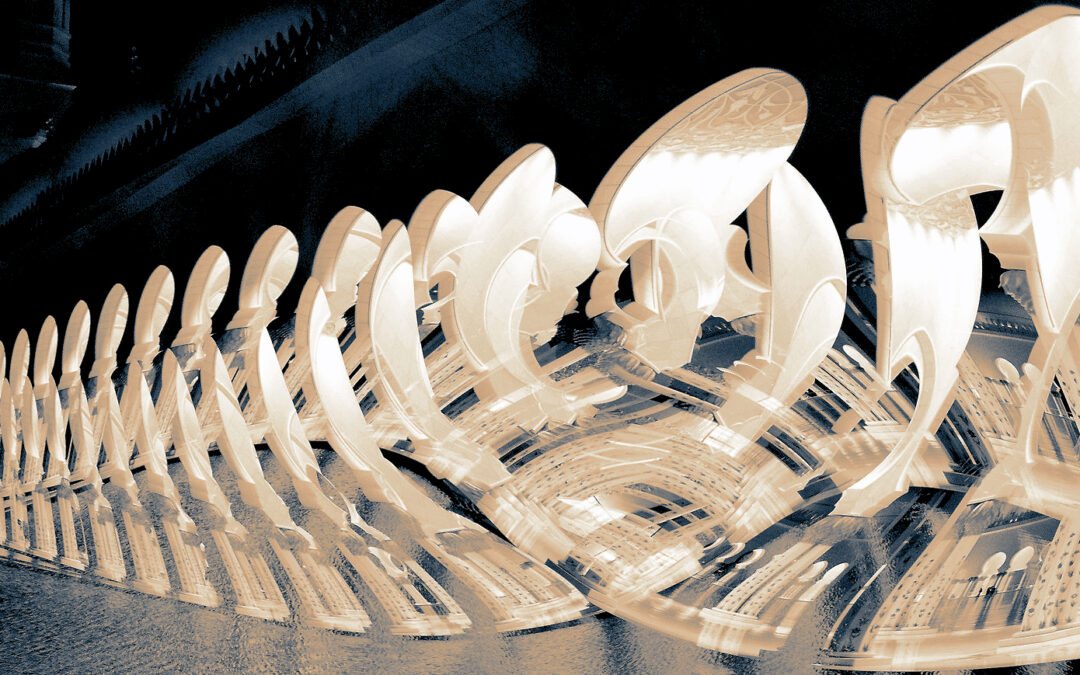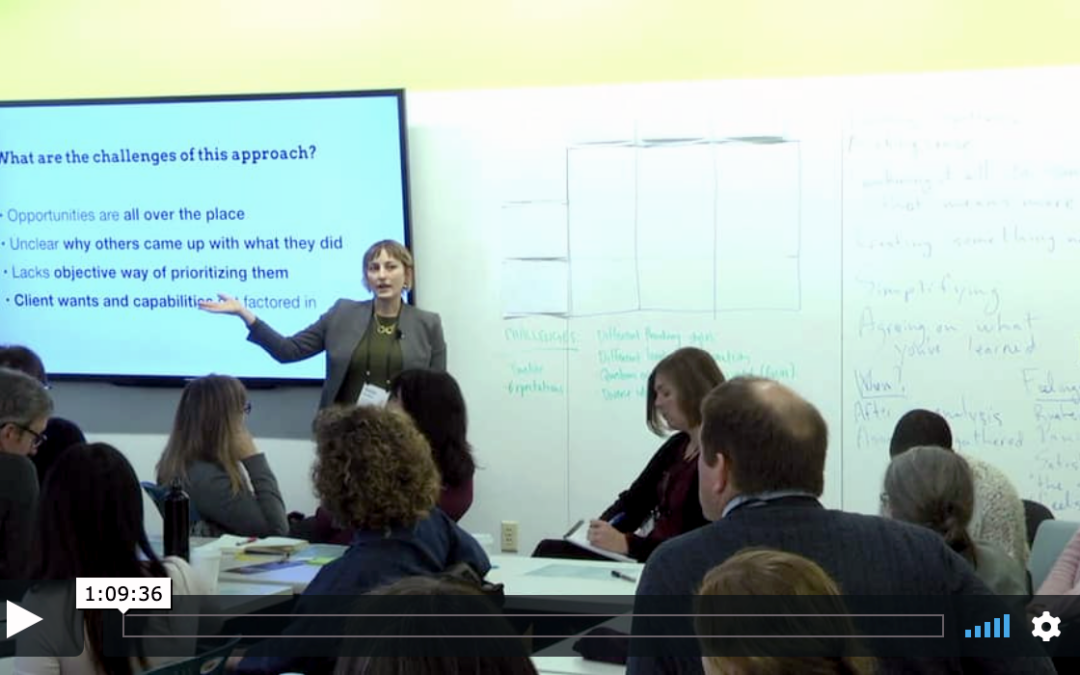This paper proposes a course for ethnography in design that problematizes the implied authenticity of “people out there,” and rather favors a performative worldview where people, things and business opportunities are continuously and reciprocally in the making, and where anthropological analysis...


